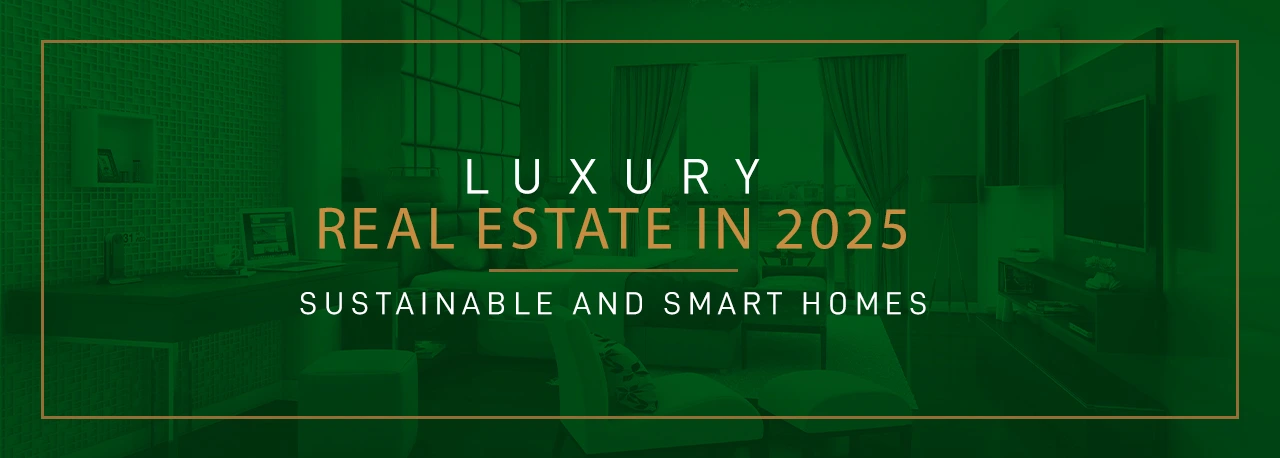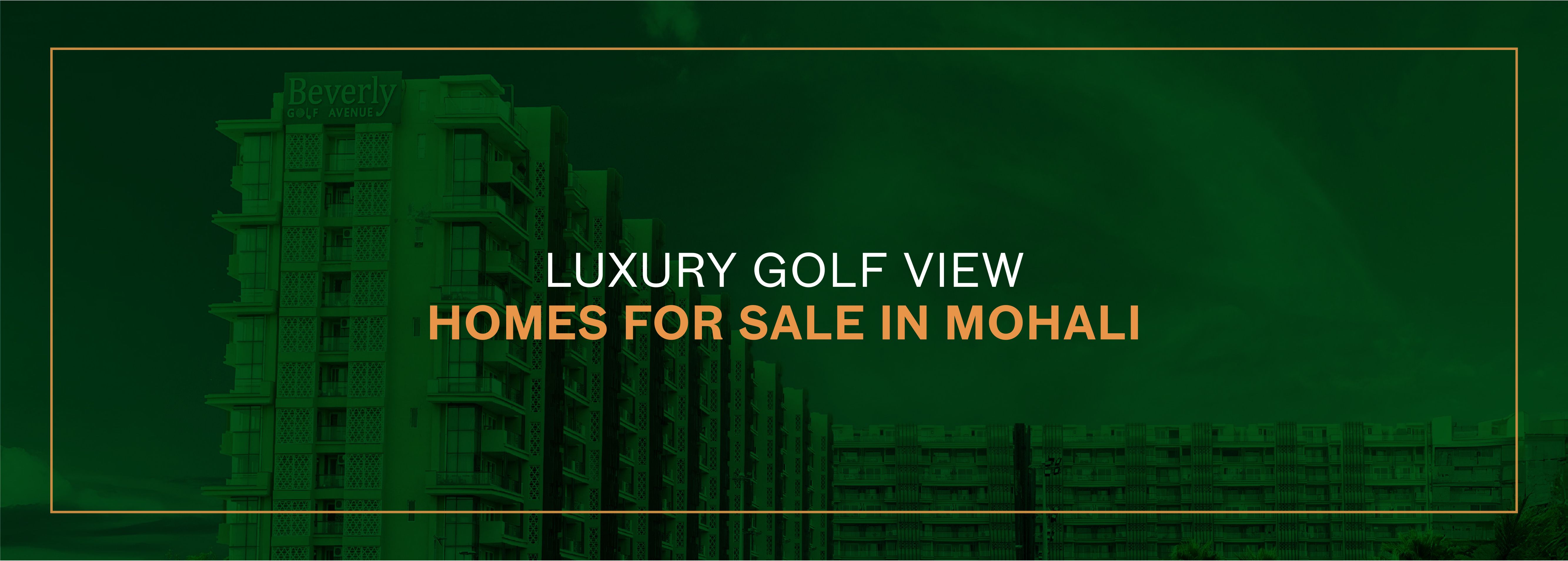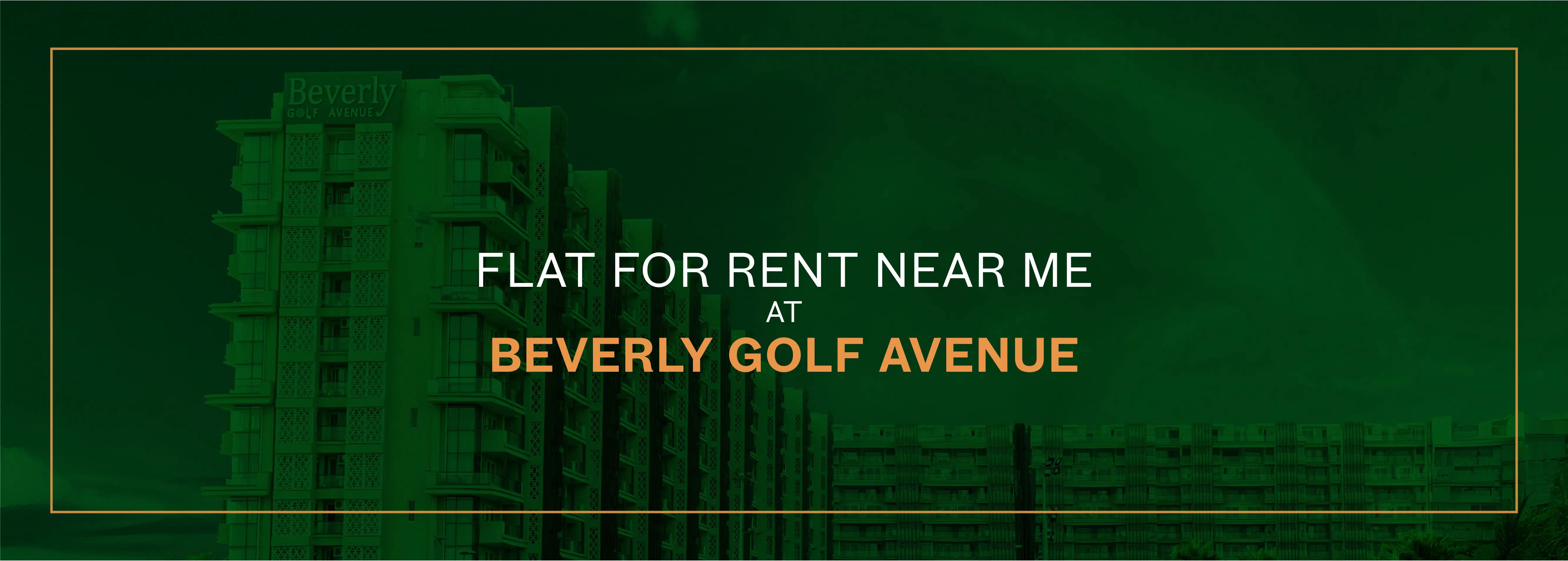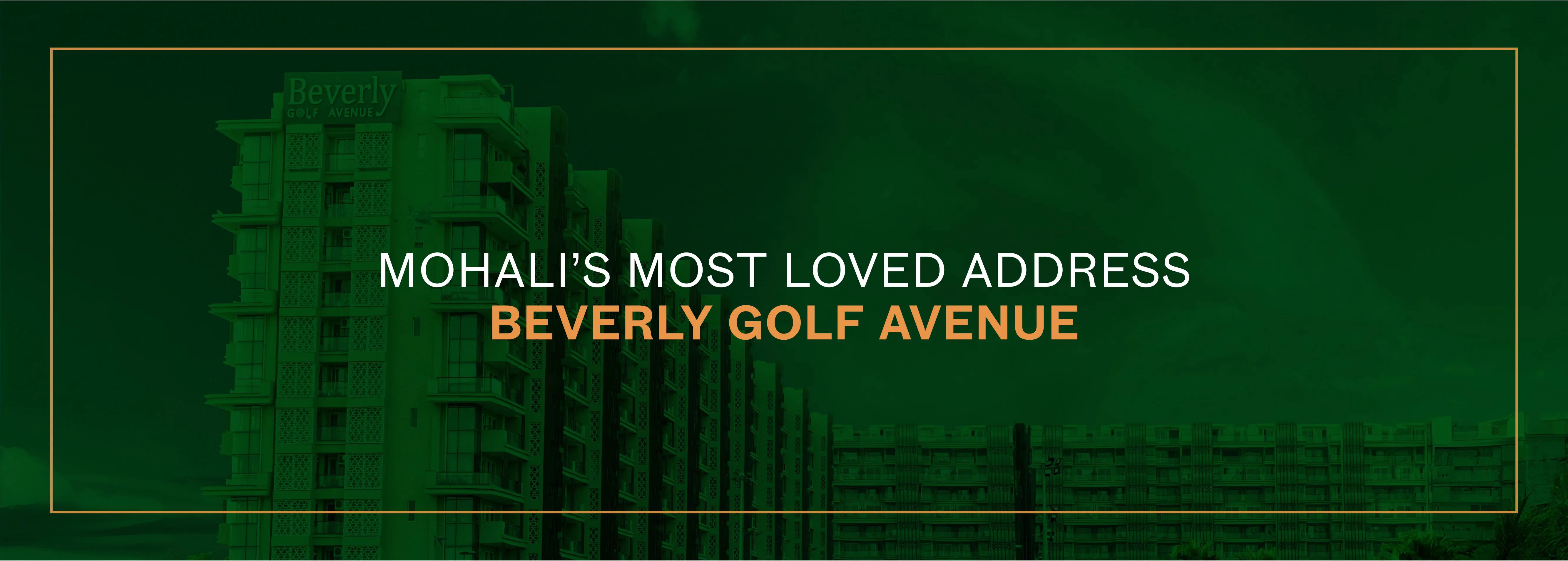The luxury real estate market is always dynamic, with new technologies, changing societal values, and economic factors altering how people purchase, sell, and invest in high-end properties. In 2025, shifts will occur within the luxury real estate market, as trends driven by environmental sustainability, technological developments, and changing buyer preferences are more achievable. For investors, developers, and customers alike, it is key to understand these trends as a means of navigation into this exclusive yet competitive market.
This article explores the trends in luxury real estate for 2025. Here, it explores how property design, demand, and investment strategies are impacted by the latest trends.
1. Sustainability and Eco-Friendly Design
Green Homes Become the Standard
With the realities of climate change facing the world, sustainability has graduated from being a niche trend to being a standard expectation in the luxury real estate market. Buyers are now more and more concerned about their carbon footprints and the environmental impact of their lifestyle choices. In 2025, green homes will no longer be just a selling point; they will become a must-have feature for luxury properties.
Eco-friendly building materials, energy-efficient systems, and the incorporation of renewable sources of energy like solar panels and wind turbines are gaining greater attention from HNWIs. Luxury real estate markets have responded by implementing such sustainable features into new developments and renovations. Energy management systems within smart homes that monitor and control energy consumption in real-time are becoming more widespread.
Wellness Integration
The concept of “wellness real estate” has a lot to do with sustainability, which most communities demand homes that are not only a healthy living space but also do less damage to the environment. They use natural, nontoxic materials, air purification systems, and energy-efficient designs that promote physical and mental well-being. Biophilic design, where nature is brought inside through large windows, living walls, and indoor gardens, is also becoming the hallmark for many luxury homes.
2025: The future of luxury real estate promises luxury homes where functionality is integrated, sustainability blends comfort, and ecology becomes an invisible ingredient. Standard fixtures of upscale homes are the eco-friendly geothermal heating technologies, rainwater harvesting systems, and high-performance insulation for better energy saving while ensuring a conscience towards nature and environment.
2. The Rise of Smart Homes
Fully Integrated Technology
For several years now, smart homes have been on the trend list. But for 2025, the luxury real estate is transforming in such a way that it’s not just being high-tech, but more fluid and intuitive. Luxury buyers demand houses equipped with the most sophisticated systems controlling lighting, climate, security, and even entertainment. The integration of artificial intelligence (AI) and the Internet of Things (IoT) allows for a level of personalization that makes living in these homes a truly unique experience.
For instance, AI-based systems can adjust lighting and temperature according to the preference of the homeowner, track daily routines, and even predict needs before they arise. Security in a luxury home can be managed through facial recognition, biometric sensors, and remote surveillance cameras, accessible via smartphones and tablets.
Voice Assistants and Automation
Voice-activated assistants such as Amazon Alexa, Google Assistant, and Apple’s Siri are deeply becoming part of the daily living of luxury home owners. It is expected in 2025 that luxury houses will feature suites of voice services, from control of temperature and lighting to ordering groceries or scheduling house maintenance. Automation is extending beyond convenience to allow homeowners to set their homes to “wake up” in the morning, complete with the blinds rising, the coffee brewing, and the temperature perfectly set-all without lifting a finger.
3. Luxury Rentals and Fractional Ownership
High-Net-Worth Individuals Enter the Luxury Rental Market
Another trend gaining momentum is the rise of luxury rentals, especially among high-net-worth individuals (HNWIs) who prefer the flexibility of renting over owning multiple properties. These discerning renters are looking for high-end residences with world-class amenities, from private chefs and butlers to state-of-the-art home theaters and fitness centers. Major cities like New York, Los Angeles, London, and Paris are seeing an increasing demand for short-term luxury rentals, where owners lease their properties out for premium rates when they are not in use.
This growing trend also ties into the appeal of global mobility and flexibility. As more wealthy individuals embrace a nomadic lifestyle, the desire for luxury rentals allows them to enjoy lavish residences without the commitment of long-term ownership. Furthermore, luxury short-term rentals are often paired with concierge services that cater to every need, from organizing private events to securing exclusive reservations at fine dining establishments.
Fractional Ownership and Co-Ownership Models
Another innovative solution gaining ground in luxury real estate is fractional ownership. In this model, several buyers share the ownership of a high-end property, splitting the cost of purchasing and maintaining it while still having access to the property for a set amount of time. Fractional ownership makes luxury properties more accessible to a broader range of investors, as the upfront cost and long-term maintenance responsibilities are significantly reduced.
In 2025, fractional ownership is extending beyond vacation homes to urban luxury apartments and penthouses, giving buyers an ownership piece of prime real estate in many of the world’s most prestigious locations. The appeal is in a shared model that provides access to the world’s most coveted properties at a fraction of the cost.
4. Designing for the “Experience Economy”
The Role of Personalization
The concept of the “experience economy” will be one that defines luxury real estate in 2025. Rather than just grandiose homes with expansive square footage, luxury developers are now designing environments that heighten the living experience. Customizable floor plans and personalized amenities characterize luxury properties today, making them more individualistic in nature according to the owners’ tastes and preferences.
Designers and developers are including premium features such as spa-inspired bathrooms, outdoor kitchens with built-in grills and pizza ovens, wine cellars, and customized home offices. Some properties provide in-house art galleries or even home theaters which can be morphed into a private concert hall or screening room. In simple words, this is about the design of a house where each corner offers a unique and rich experience, evoking an unrivaled experience of luxury.
The Home as an Entertainment Hub
In 2025, the luxury real estate market will be driven by a growing need for in-home entertainment. Streaming platforms, gaming, and virtual reality are becoming increasingly popular, and homebuyers are looking for their homes to be equipped with the latest media rooms, immersive sound systems, and multi-functional spaces that can easily shift from workspaces to party zones.
Private gyms and wellness centers are also not a stranger in luxury houses, with high technology equipping fitness machines that allow personal workouts, yoga, and even virtual fitness classes. Many such properties consider outdoor entertainment spaces, which can include infinity pools, hot tubs, fire pits, and outdoor kitchens, allowing homeowners to live a luxury lifestyle even when they are at home.
5. Location and Mobility
Demand for Rural and Secluded Retreats
The location of the luxury home is shaping up in 2025 as another important factor for all luxury real estate. While, for years, New York, London, and Tokyo were city synonyms for luxury, now, there’s a new trend emerging, and that is demand for rural or secluded luxury retreats. This year, individuals have especially been avoiding crowded city environments because of COVID-19, but they are also willing to pay more to locate properties in less populated areas that will offer privacy, serenity, and natural beauty.
These luxury retreats often include vast land holdings, private forests, and exclusive waterfront access, which serve as a haven for those seeking refuge from urban life. The desire for more space, coupled with the ability to work remotely, has fueled demand for these types of properties, particularly among wealthy individuals who want a private sanctuary away from the hustle and bustle.
International Mobility and Global Investment
In a rapidly evolving world of digital nomadism and increased mobility, luxury buyers are also on the lookout for their dream properties across the globe. Investment in luxury real estate is no longer in one country or city. The fact is, many high-net-worth individuals are diversifying their portfolios through international properties, either as a second home or an investment property.
For luxury developers, this has opened up new opportunities to cater to this international demand by offering residences in multiple countries, each designed with the tastes and preferences of wealthy buyers from various cultures in mind. Popular locations include cosmopolitan cities with a high demand for exclusive properties, as well as resort destinations with a premium on privacy and seclusion.
6. The Integration of Art and Architecture
Custom-Designed Interiors
To 2025 buyers of luxury real estate, that trend is set to continue further into personalization, with especially interior design and art being key elements of buyer tastes. Long gone are the days of a simple choice among floorplans or finishes; more and more upscale buyers are going for properties integrating art and architecture in unique combinations.
Many luxury homes feature curated art collections, hand-selected by interior designers, often in collaboration with renowned artists. Rare, custom-designed furniture pieces and sculptures are now becoming a hallmark of luxury living. The idea is to create spaces that feel like a living art gallery, where design, craftsmanship, and functionality blend together to create a distinctive and highly personal environment.
Architecture as Art
Blurred lines between architecture and art will be in 2025. Luxury real estate developers are working closely with acclaimed architects to create homes that are at least as much about form as they are about function. Consumers are going for signature properties that push the envelope on design, from innovative uses of materials or dramatic geometric shapes to expansive glass facades. Homes that are considered architectural masterpieces are increasingly being viewed as not just places to live, but as works of art in their own right.
Conclusion
The luxury real estate market in 2025 is likely to change in a significant way. Societal values are shifting towards sustainability, personalization, and technological integration. The properties defining the market will change to fit the needs of the modern luxury buyer. Some of the major trends that are going to characterize the future of luxury real estate include smart homes, eco-friendly designs, and experiential living.
For developers and investors, staying in front of the curve of those trends and catering to the demand of the high-income buyer will become a key indicator of success in the years coming up to 2025. Luxury real estate will continue, beyond 2025, pushing the boundaries in innovation and design to create the space that delivers not only shelter but an unrivaled quality of life.







